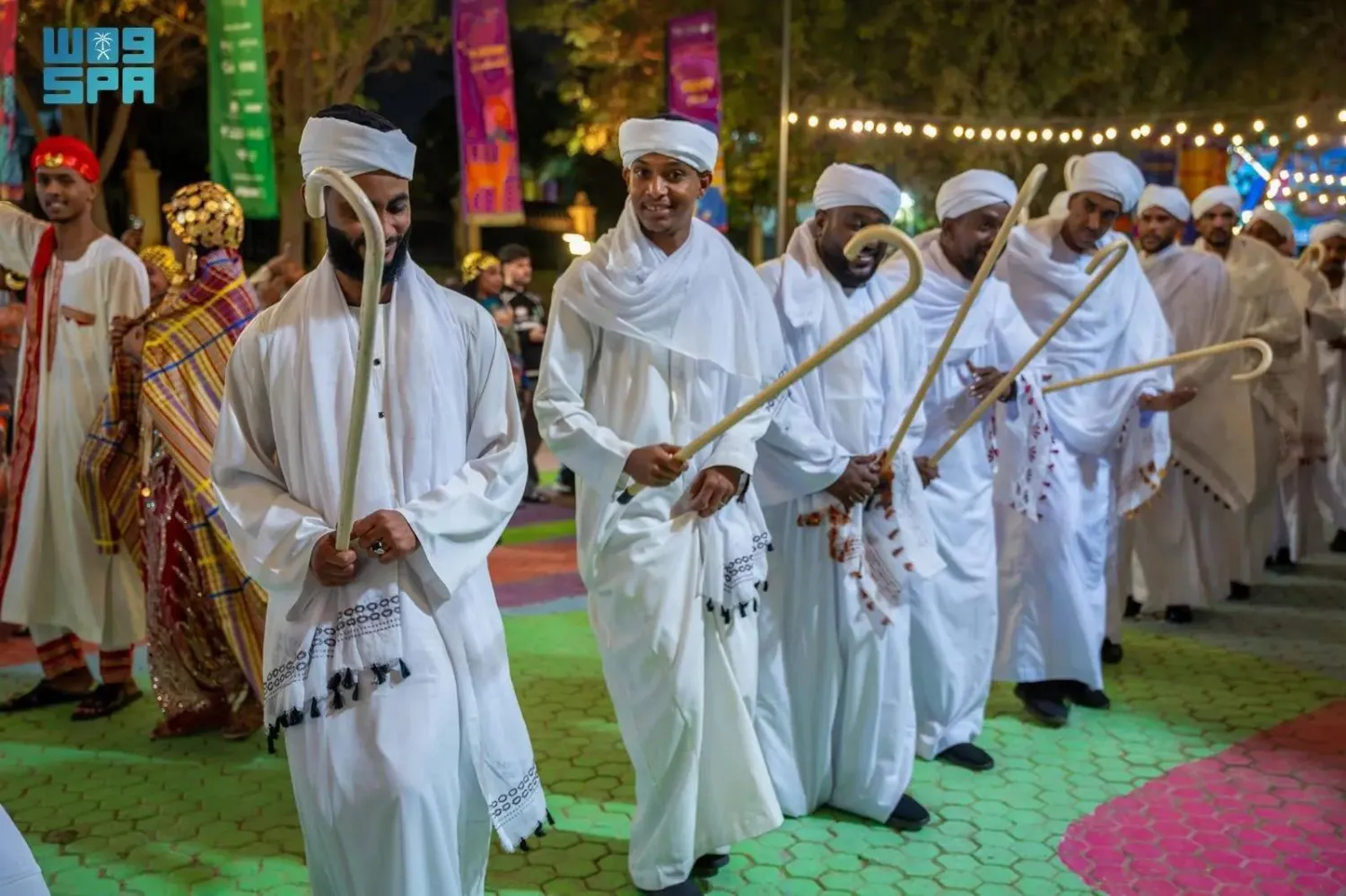Located 30 kilometers northwest of Makkah, the Majanna market served as a vital meeting point for pilgrims and merchants in pre-Islamic and early Islamic times.
The market, renowned for its trade, oratory, arts, and sports, was one of the three most prominent markets of its era. Archaeological evidence confirms its status as a thriving hub of activity, said the Saudi Press Agency on Monday.
In an interview with the Saudi Press Agency, Dr. Manal Al-Sheikh, assistant professor of modern history at Bisha University, highlighted the Majanna market's role as a gathering place for pilgrims and Arab merchants. She emphasized its significance as a platform for the propagation of Islam, noting that the Prophet Muhammad (pbuh) visited the market to teach Arab tribes about Islam.
Majanna Market: A Historical Hub of Trade and Propagation of Islam

The Majanna market is a vital meeting point for pilgrims and merchants in pre-Islamic and early Islamic times.(SPA)

Majanna Market: A Historical Hub of Trade and Propagation of Islam

The Majanna market is a vital meeting point for pilgrims and merchants in pre-Islamic and early Islamic times.(SPA)
لم تشترك بعد
انشئ حساباً خاصاً بك لتحصل على أخبار مخصصة لك ولتتمتع بخاصية حفظ المقالات وتتلقى نشراتنا البريدية المتنوعة







